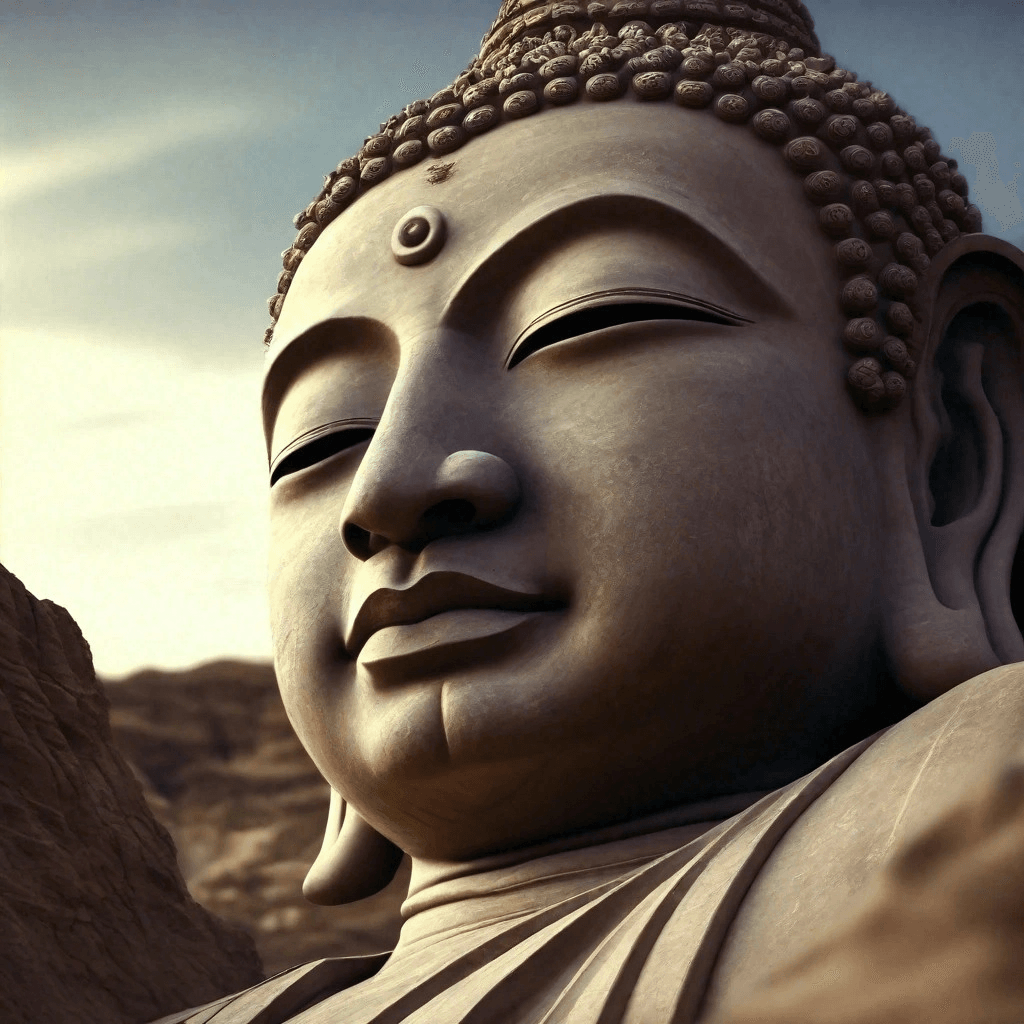
39.How to Use Essential Oils in Your Yoga Practice
How to Use Essential Oils in Your Yoga Practice: Enhancing Your Experience with Aromatherapy
Essential oils have been used for centuries for their therapeutic properties, and when integrated into your yoga practice, they can enhance relaxation, focus, and overall well-being. By combining the benefits of aromatherapy with yoga, you can deepen your practice, create a calming environment, and support emotional and physical health. Here’s how to effectively use essential oils in your yoga practice.
1. Choosing the Right Essential Oils
Selecting the appropriate essential oils based on your intentions and needs is crucial. Here are some popular essential oils and their benefits:
– Lavender: Known for its calming and relaxing properties, lavender is ideal for reducing stress and promoting restful sleep.
– Peppermint: Energizing and refreshing, peppermint can help invigorate your practice, relieve headaches, and improve mental clarity.
– Eucalyptus: This oil has decongestant and respiratory benefits, making it great for clearing the airways and enhancing deep breathing.
– Frankincense: Often used for meditation, frankincense promotes relaxation, mental clarity, and spiritual grounding.
– Rose: Rose oil is soothing and uplifting, supporting emotional balance and reducing anxiety.
– Cedarwood: Grounding and calming, cedarwood helps with focus and relaxation, and can also support a deeper meditative state.
2. Incorporating Essential Oils into Your Practice
Here are several ways to integrate essential oils into your yoga practice:
a. Diffusion
– How to Use: Add a few drops of your chosen essential oil to a diffuser filled with water. Turn it on to disperse the aroma throughout the room.
– Benefits: Diffusion creates a soothing atmosphere, enhances mood, and supports relaxation. It’s particularly useful for setting a calming tone for your practice.
b. Topical Application
– How to Use: Dilute essential oils with a carrier oil (such as coconut oil or almond oil) to avoid skin irritation. Apply the diluted mixture to pulse points like wrists, neck, or behind the ears before starting your practice.
– Benefits: Topical application allows the oil to be absorbed into the skin, providing localized benefits and enhancing the sensory experience of your practice.
c. Pre-Yoga Ritual
– How to Use: Add a few drops of essential oil to a cotton ball or tissue and place it near your yoga mat or in your practice space.
– Benefits: This method allows you to inhale the aroma throughout your practice, creating a calming or energizing environment depending on your chosen oil.
d. In Yoga Props
– How to Use: Add a few drops of essential oil to your yoga mat, bolster, or blanket by applying it to a cloth or cotton ball placed near or on the prop. Make sure the oil does not directly touch the mat or props if they are sensitive to oils.
– Benefits: Infusing yoga props with essential oils enhances the sensory experience and promotes relaxation or focus during your practice.
e. Breathing Exercises
– How to Use: Add a drop or two of essential oil to the palms of your hands. Rub your hands together, then cup them over your nose and take a few deep breaths.
– Benefits: This method allows for direct inhalation of the oil, supporting deeper breathing, relaxation, and mental clarity.
3. Timing and Application Tips
– Before Practice: Apply essential oils or diffuse them about 15-30 minutes before your yoga session to create a calming or energizing environment.
– During Practice: Use oils that promote focus and relaxation if you’re incorporating them into your practice. Avoid strong scents that might be distracting.
– After Practice: Apply soothing oils like lavender or chamomile after practice to help wind down and promote relaxation.
4. Safety Considerations
– Patch Test: Always perform a patch test before applying essential oils topically to ensure you don’t have an allergic reaction or skin sensitivity.
– Dilution: Essential oils are potent and should be diluted with a carrier oil when applied to the skin to avoid irritation.
– Quality: Use high-quality, pure essential oils to ensure you receive the full benefits and avoid potential synthetic additives.
5. Creating a Customized Routine
– Personal Preferences: Experiment with different essential oils to find what resonates with you and enhances your yoga practice. Create a blend that suits your mood and goals for each session.
– Intentional Use: Set an intention for each practice and choose essential oils that align with that intention, whether it’s relaxation, focus, or energy.
Conclusion
Incorporating essential oils into your yoga practice can enhance your experience by creating a soothing atmosphere, promoting relaxation, and supporting emotional and physical well-being. By selecting the right oils and using them thoughtfully, you can deepen your practice and enjoy the added benefits of aromatherapy. Embrace the power of essential oils to create a more enriching and enjoyable yoga experience.



